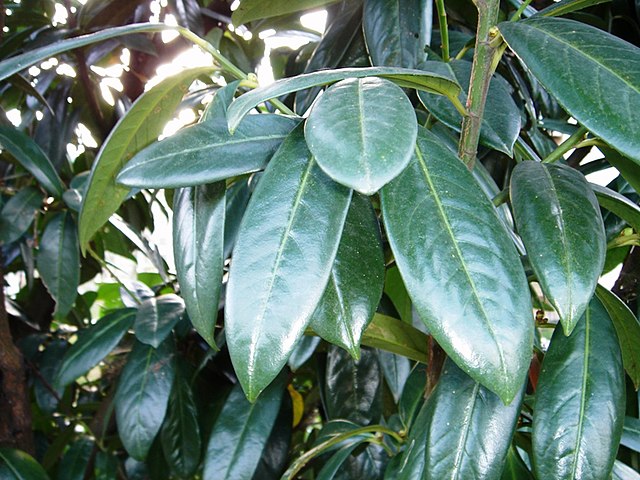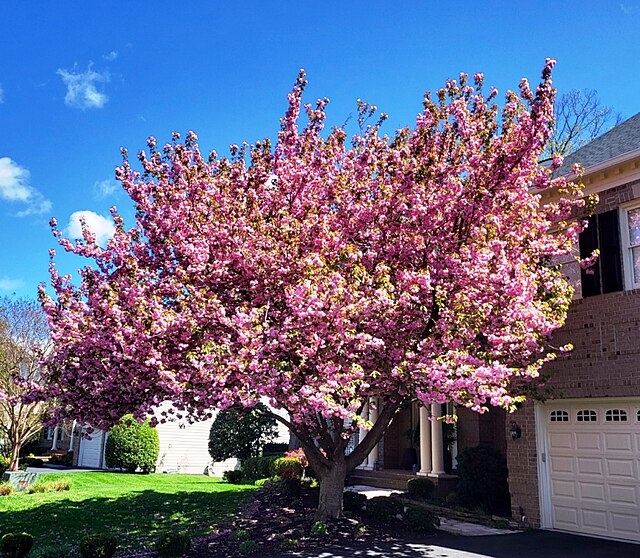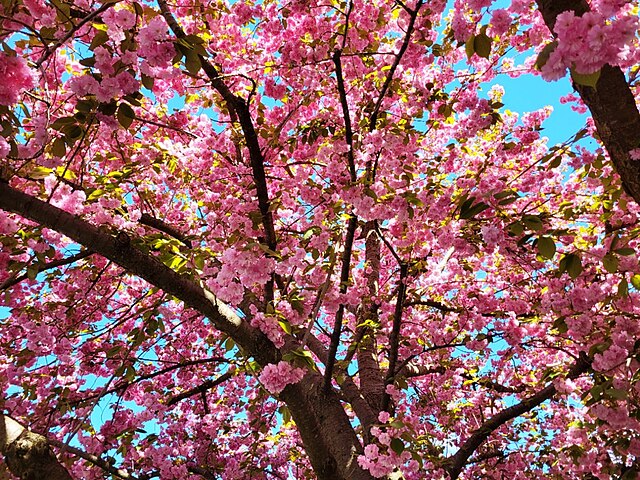Prunus laurocerasus, also known as cherry laurel, common laurel and sometimes English laurel in North America, is an evergreen species of cherry (Prunus), native to regions bordering the Black Sea in southwestern Asia and southeastern Europe, from Albania and Bulgaria east through Turkey to the Caucasus Mountains and northern Iran.
Prunus laurocerasus
Flowers - Prunus laurocerasus
Leaves - Prunus laurocerasus
Prunus laurocerasus fruits.
Prunus is a genus of trees and shrubs in the flowering plant family Rosaceae that includes plums, cherries, peaches, nectarines, apricots, and almonds. The genus has a cosmopolitan distribution, being native to the North American temperate regions, the neotropics of South America, and temperate and tropical regions of Asia and Africa, There are 340 accepted species. Many members of the genus are widely cultivated for their fruit and for decorative purposes. Prunus fruit are drupes, or stone fruits. The fleshy mesocarp surrounding the endocarp is edible while the endocarp itself forms a hard, inedible shell called the pyrena. This shell encloses the seed, which is edible in some species, but poisonous in many others. Besides being eaten off the hand, most Prunus fruit are also commonly used in processing, such as jam production, canning, drying, and the seeds for roasting.
Prunus
'Kanzan' Cherry tree in full bloom in April in Virginia, USA.
View of the inner canopy of Kanzan Cherry during full bloom.
Japanese cherry (Prunus serrulata) blossoms








